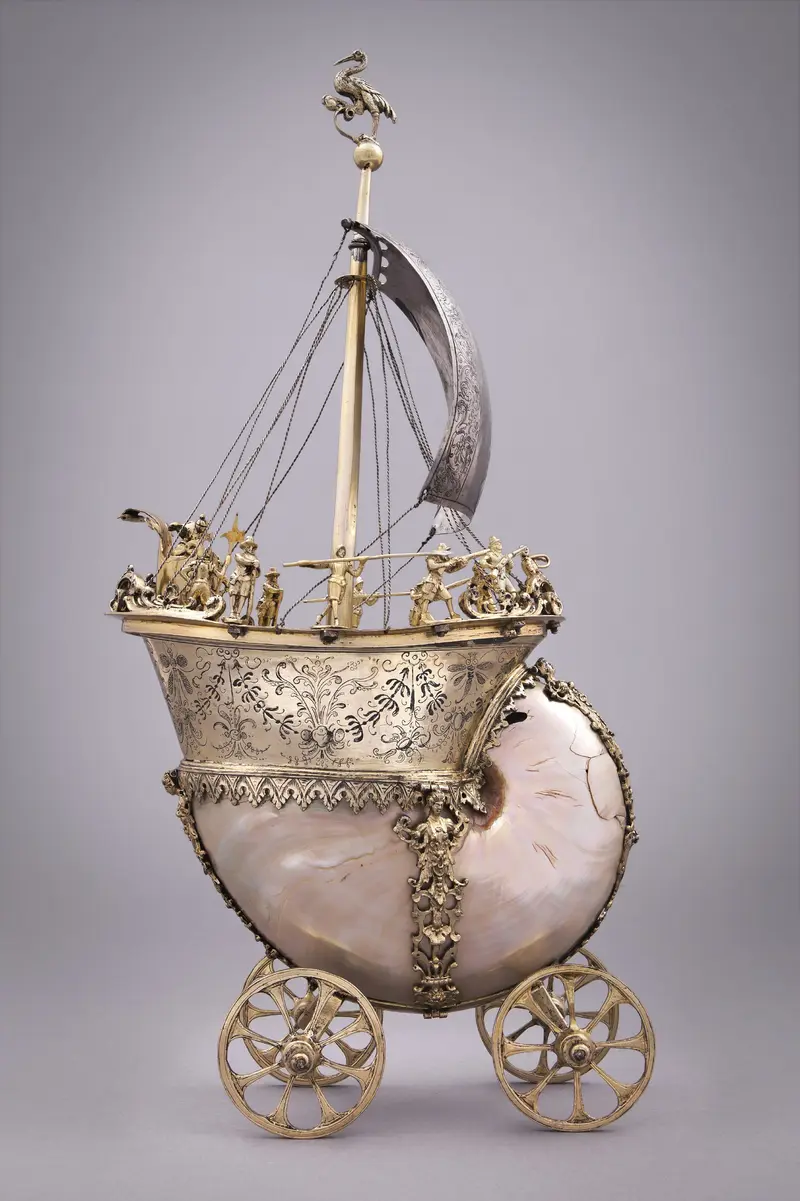quote
As a world-class treasury museum, the Green Vault has been open to the public for almost 300 years: a baroque Gesamtkunstwerk and, in its dramaturgy, a uniquely staged `fairy realm` full of wonders.
As a world-class treasury museum, the Green Vault has been open to the public for almost 300 years: a baroque Gesamtkunstwerk and, in its dramaturgy, a uniquely staged `fairy realm` full of wonders.

Gold, rock crystal and diamonds seem to want to outshine each other in the treasury of August the Strong, which the Saxon elector and later Polish king built between 1723 and 1729, intending, even back then, to share his precious objects and valuable treasury art with the public. Today, old and new coalesce in the Grünes Gewölbe: While the Historisches Grünes Gewölbe (Historic Green Vault) on the ground floor of the Residenzschloss (Royal Palace) allows visitors to immerse themselves in the authentically restored rooms of the treasury, the Neues Grünes Gewölbe (New Green Vault), one storey up, shows selected exhibits, impressively illuminated behind glass.
The great architect Matthäus Daniel Pöppelmann, who also designed the Zwinger, was commissioned with rendering the vision of a Baroque Gesamtkunstwerk. In the Grünes Gewölbe, August the Strong presented the entire holdings of the treasury in a dramatic composition of eight connected rooms. No guest was to leave the Grünes Gewölbe without feeling the presence of an extraordinarily rich and powerful leader. On 13 February 1945, the Royal Palace was heavily damaged during the bombing of Dresden, and yet the Grünes Gewölbe remained mostly intact: Only three of the rooms fell victim to the fire. At the time, the valuable exhibits were being stored for safety in the Königstein fortress and thus remained unharmed.
After the Second World War, the collection items were transported to the Soviet Union as war trophy by the Red Army. Following their return in 1958, the treasury in what was now East Germany gained unprecedented popularity, and this in spite of only half the collection being presented in the Albertinum from 1974 on. The restoration and reconstruction of the original rooms of the Grünes Gewölbe in the palace could only get underway in 2001 – a massive challenge for architects, conservationists, restorers, art historians and craftsmen.

In 2004, the Neues Grünes Gewölbe was reopened, followed in 2006 by the Historisches Grünes Gewölbe, both eliciting – to this day – an uninterrupted flood of visitors. Together, the two exhibition areas represent one of the oldest and best-preserved treasuries of Europe.